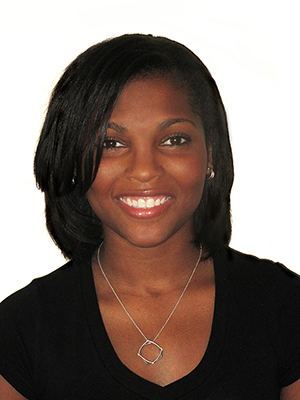 Hometown
Hometown
Trumbull, CT
Undergraduate school/major
Princeton University | Architecture, Spanish, and Urban Studies
What was your work experience/background before coming to the GSD?
I took one year off prior to coming to the GSD, during which I moved back home and started to work for a local architect. Most of the projects were residential, but we also designed several restaurants. However, I committed much of my time to the design of a K-12 school in Leogane, Haiti, to aid in the reconstruction of a small town that was leveled by the 2010 earthquake.
Why did you decide to pursue planning as a career?
I am pursuing a degree in urban planning, in conjunction with architecture, as I want to focus on the design, development, and management of affordable housing. As the wealth gap in America continues to grow, housing’s affordability will lessen, particularly within cities. An education in planning provides an invaluable toolbox in dealing with these concerns, while maintaining a more comprehensive study of the urban systems themselves.
What made you decide to come to the GSD?
I came to the GSD because it is among the few schools in the country that emphasize the interdisciplinarity of its curriculum, and further, promoted collaboration among the varying departments of the school. As I am pursing a concurrent degree, this was immensely important, as I wanted to be able to engage both of my departments within a given semester, instead of a disjointed course of study.
What are your main interests in planning and concentration area?
My concentration within the department is Housing and Neighborhood Development. I am very motivated by issues of affordability, specifically within growing post-industrial American cities. I particularly enjoy engaging the topic beyond the lens of affordable housing to also investigate work force and middle-income housing typologies. However, I am also interested in urban design, as it serves to converge my two interests of urban planning and architecture.
What was your impression of Harvard and the GSD before you came?
I hold a lot of respect for Harvard as an institution. However, prior to coming, I pronounced it as “Haaarvard” and assumed most students came from million-dollar trust funds and notable families. I was confused about the GSD’s role within this stereotype of wealth, prestige, and intellect, but liked to think of the school as a world of its own, in which the best designers across the globe descend upon the school to inspire and generate future generations of creativity.
How has your impression changed since coming to the GSD?
My impressions of the GSD have changed somewhat. While there are brilliant professors here, I find that I do much of my learning from my peers. They have each provided me invaluable insight into planning and design. My peers hail from all over the world, and each has a unique perspective of urban conditions, in which we collectively learn what works, what does not, and can explore other alternatives.
Are you involved in any student groups? What have you gained from the experience?
My greatest extracurricular commitment is the GSD’s African American Student Union, which I now serve as President. This group has not only served as a support system for me, academically and personally, but it has also provided a unique opportunity for its members to further individualize our experience here at the GSD. For example, we host a lunchtime lecture series each semester, in which we invite designers from across varying fields to engage with us in conversation as a small group. The AASU also has a packed social calendar, helping to ensure a little extra fun in our time here.
What has been the most surprising aspect of the GSD?
The most surprising aspect of the GSD is how internationally diverse the school is. I have never been in an environment in which there can be people from four different continents at a table. I have learned so much by being around people of many different cultures and traditions. I am pushing myself to be more open-minded, try new things, and take full advantage of this opportunity.
What has been your favorite class or project? Why?
One of my favorite classes thus far was Housing and Urbanization in the United States. As a team-taught course, both professors were incredibly knowledgeable and engaging. Jim Stockard has a particular sense of humor that is rare to find – serious and insightful, yet hilarious. In our final paper we had to engage with a specific neighborhood in Boston. I selected the South End, not knowing much about it other than its beautiful bow-front rowhouses. I later interacted with several homeless shelters within the community to attempt to depict an alternative reading of the neighborhood, in which its homeless population coexists with a wealthy enclave within Boston.